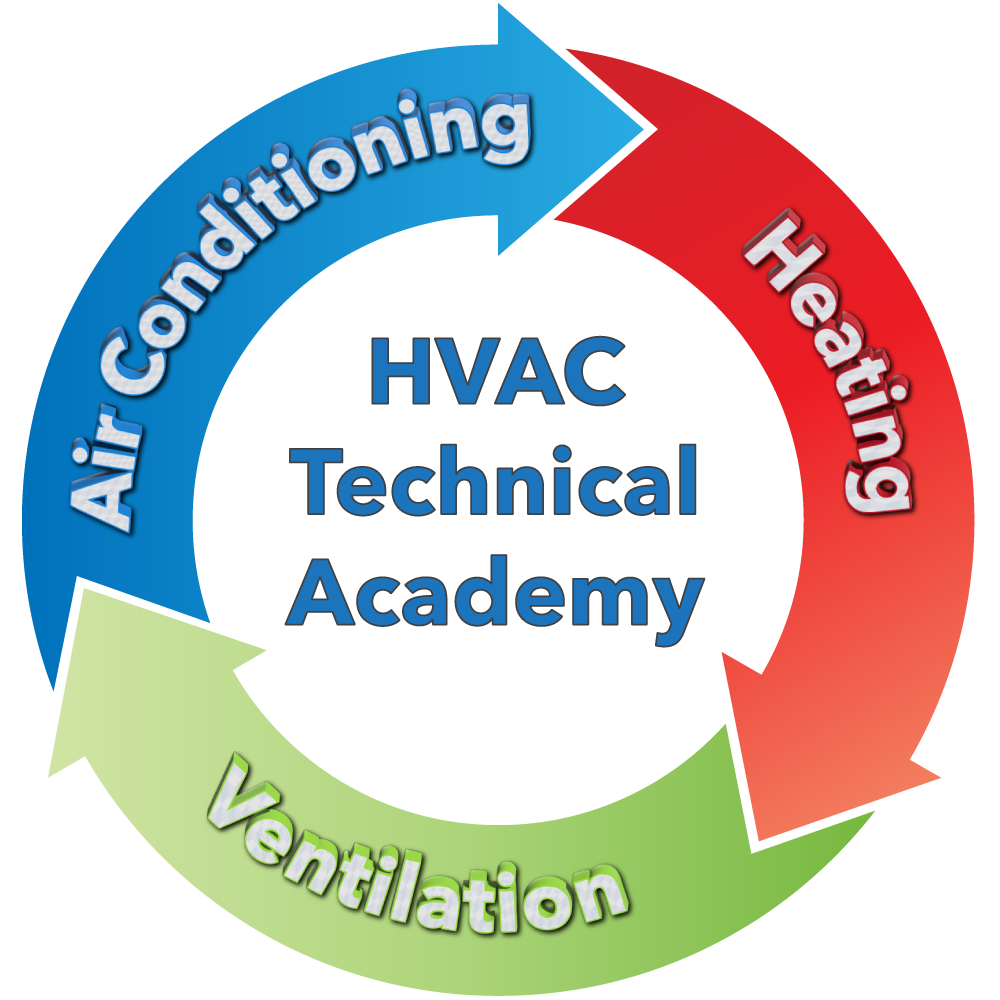Working diligently on getting their new system up and running, all remain committed to supplying comfort for our Mrs. Smith. Time to check in on their progress…
HVAC Technical Academy
HVACTA: New System Installation, part 1
We are living the...
HACTA ALL the WAY
For those following our posts, it’s easy to get the picture of what HVAC Technical Academy is all about… all participants work hard… every day.
HVACTA: It’s Brazing Time
The ability to braze effectively and safely is a requirement within the HVAC industry. Service technicians will be torching it up on a daily basis… recognizing the importance, HVAC Technical Academy insists all participants are above standard when it comes to brazing.
HVAC Equipment Transfer
No bird feathers here: An HVAC condenser can weigh between 150 and 290 pounds, while a compatible air handler or furnace unit typically weighs 80 to 150 pounds, depending on its type and capacity. The total weight for a complete split system can range from approximately 250 to 400 pounds or more when considering both units plus packaging
HVACTA: Journeys begin with one step
Getting the workshop rolling in the right direction, we competed in an HVAC word search project, introducing common HVAC terms each will have to master. In addition, we had a winner as first prize won a totally fancy hat.






